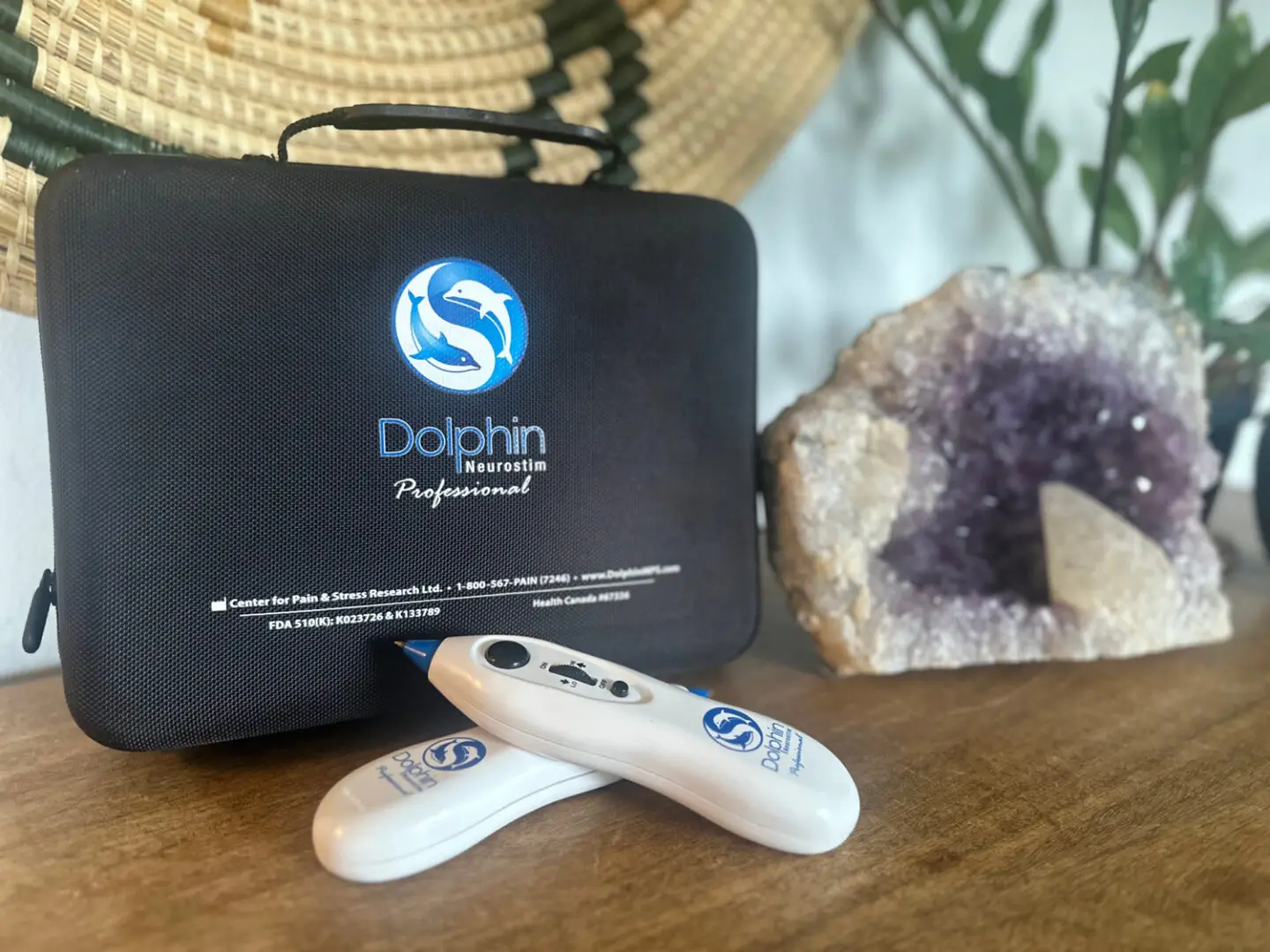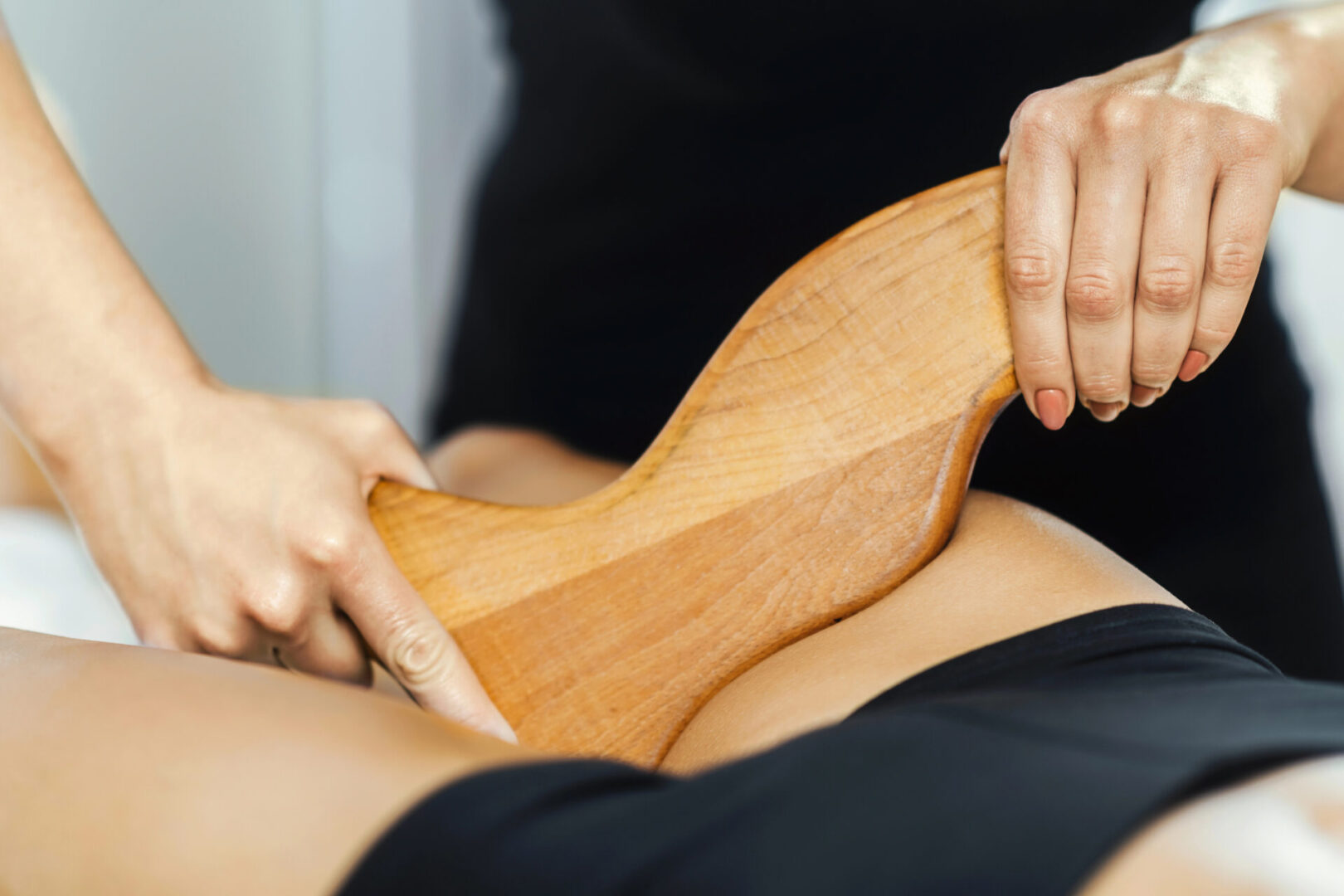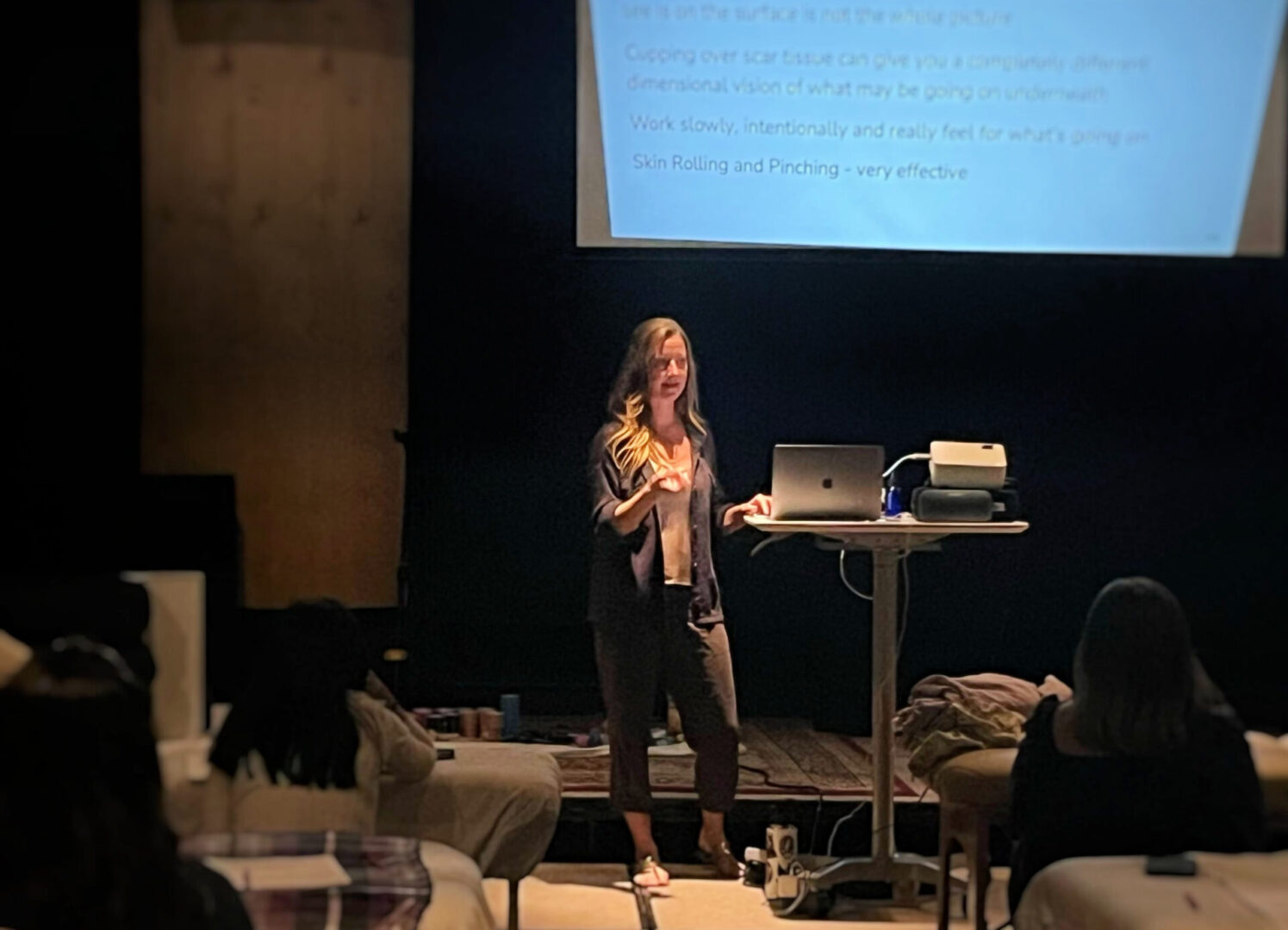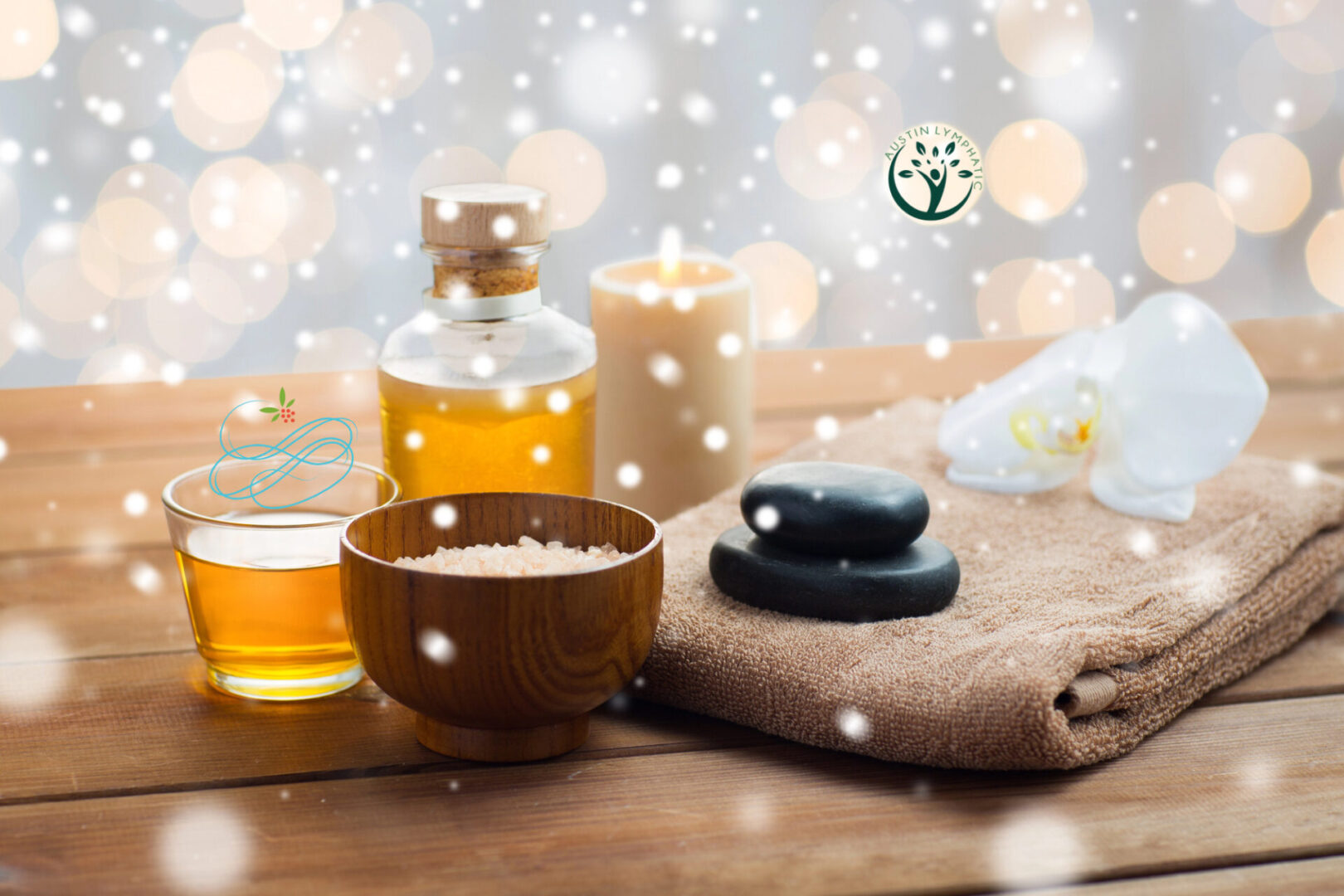
The other day, I was chatting with one of our lovely loyal clients about what makes a great Manual Lymphatic Drainage (MLD) session. We were discussing how many people have had lymphatic drainage massages from practitioners who have taken a weekend course or received a certification, but then never had the opportunity to refine their skills in a clinical setting. The result? Clients end up on a table, receiving a session that just doesn’t deliver the transformative experience they were hoping for.
This breaks my heart! This work can be transformative for so many people so it makes me cringe when it doesn’t resonate with someone for whatever reason.
And then my client said something that really stuck with me: She said, whenever she talks with someone who has had lymphatic drainage but isn’t a junkie for it she always asks them “Yeah… but have you ever had “Goooood MLD?””
There IS a difference! Once you’ve had “Good MLD”, you’ll never look at lymphatic drainage the same way again. But what exactly makes a session good, and what do I look for in a practitioner before they join our team at Austin Lymphatic?
Let’s break it down.
- An Excellent Communicator
MLD is incredibly gentle work, and because of that, it often gets lumped in with so-called “woo-woo” therapies. This drives me crazy! Nothing could be further from the truth. MLD is based on real, physiological principles. It’s intentional, not intuitive.
A great therapist knows how to communicate this to the client—what they’re doing, why they’re doing it, and what the client should be tuning in to. Without this clarity, a client may walk away thinking, That was nice, but did they actually do anything? The truth is, MLD is amazing, but at first,only recognized if the client understands what’s happening beneath the surface. Multiple sessions are generally needed before feeling significant shifts so it’s imperative that a client is not turned-off after session one.
- Setting Expectations for Post-Session Effects
Clients, especially first-timers, need to be educated on what to expect after their session. If this isn’t clearly explained, they might feel a little off the next day—maybe even crummy—for a day or two. If they don’t know this is normal, why would they ever come back?
In reality, feeling sluggish or under the weather is often a sign that they need more lymphatic work. Their body is finally moving stagnant fluid, and with continued sessions, they’ll start to feel the difference. But they won’t understand that unless we tell them.
- Creating a Relaxing Experience
A client must be able to fully relax during an MLD session. If their nervous system doesn’t downshift into a parasympathetic state (aka “rest and digest”), our work is far less effective. This means setting up the environment properly—quieting the room, adjusting the lighting, using a soothing touch, and making sure the therapist’s hands feel confident and intentional. The more relaxed the client is, the more productive the session will be.
- Engaging the Deeper Lymphatic Channels
I can’t tell you how many therapists I’ve interviewed who simply won’t go deep enough to clear the lymph nodes properly. Lymph nodes need to be worked. So does the abdomen! Every MLD session should include deep abdominal work and deep breathing techniques.
I once interviewed a therapist who told me her clinic advertises MLD, but they aren’t allowed to do abdominal work due to company policy. What?! This is bad MLD, people.
- Pro Tip: Work the Sides of the Body!
Many therapists neglect the sides of the body, but this area plays a key role in fluid movement. A well-trained therapist will always incorporate lateral work to ensure comprehensive drainage.
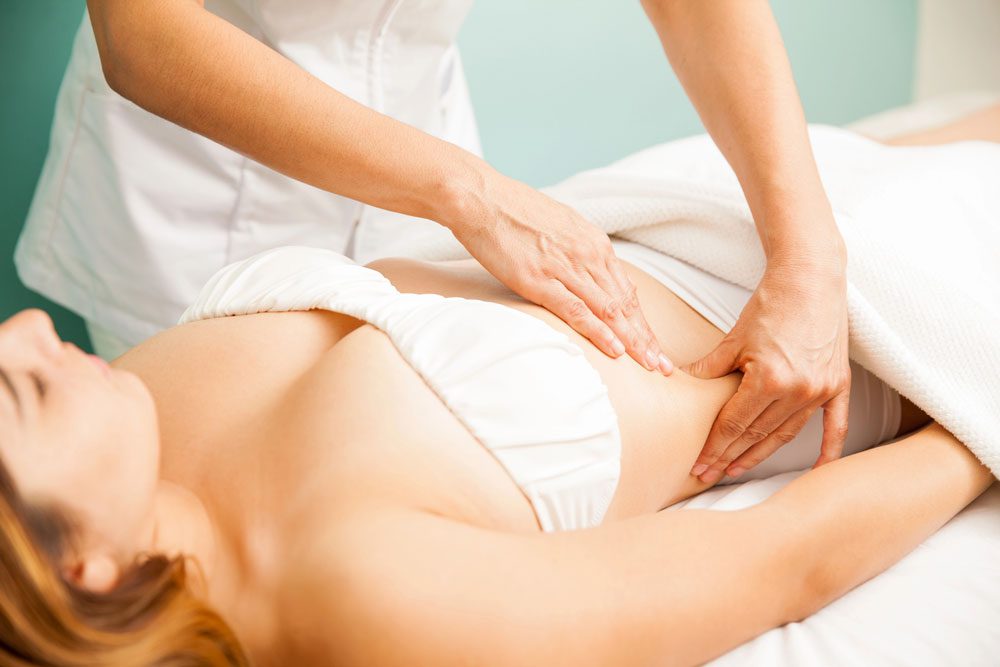
- Proper Pressure Calibration
One of the biggest myths about MLD is that the pressure should always be “the weight of a nickel” or “the weight of a feather.” While it’s true that MLD involves light touch, the pressure should be calibrated to the client. This means taking into account factors like:
- How much fluid is in the tissue space
- The amount of protein in that tissue space
- The client’s hydration levels
It’s not about applying a one-size-fits-all pressure—it’s about applying the right amount of pressure for the individual.
- Proper Stroke Technique
Another major indicator of Good MLD? The strokes should never glide, slide, or nosedive. There should be no brushing or superficial stroking over the skin—unless the therapist is intentionally using effleurage to settle the nervous system.
Instead, the strokes should stay within the plane of the fluid layer of the body. This means:
- You shouldn’t feel like your muscles are being worked on.
- But you should feel an engaging sensation as your therapist encourages lymph flow.
- Re-Clearing the Lymph Nodes Often
This is one of my biggest pet peeves when I receive an MLD session: therapists who don’t re-clear the lymph nodes!
A good therapist will always clear the nodes multiple times throughout a session—especially after working on a limb. If your therapist moves fluid through your arm or leg but doesn’t clear the lymph nodes again, where is that fluid supposed to go?
Final Thoughts: Find a Good Lymphatic Therapist
If you’ve had MLD before and it didn’t blow your mind, I encourage you to try again—but with the right therapist. Good MLD is a total game changer. It’s precise, intentional, and deeply effective.
Most of us need consistent lymphatic work in our lives. But the key is finding a practitioner who truly understands the work and delivers it at the highest level.
So next time you’re looking for an MLD session, make sure you’re getting Good MLD—not just a session from someone who took a quick certification course. Your lymphatic system will thank you for it.
P.S. I stand by the work of every therapist at Austin Lymphatic. One thing I’ve done well in life is being extremely particular about who I bring on board here with us. If you’re looking for that “Good MLD”, come and see one of our amazing/wonderful/fantastic therapists today!
Other Blogs
Disclaimer:
The information provided in this blog or our newsletter is for educational and informational purposes only and is not intended as a substitute for professional medical advice, diagnosis, or treatment. Always seek the advice of your physician or other qualified health provider with any questions you may have regarding a medical condition.
Individual results may vary. Austin Lymphatic and its representatives do not assume any liability for the use or misuse of the information provided.

